
The iliocostalis stock illustration. Illustration of posterior 56286509
These clinical characteristics could be caused by MP of the iliocostalis thoracis-lumborum (ITL) muscle. However, this entity has not been well addressed in the medical literature. In this report we characterize the manifestations, diagnosis, and clinical implications of ITL MP. Study design: Observational assessment.
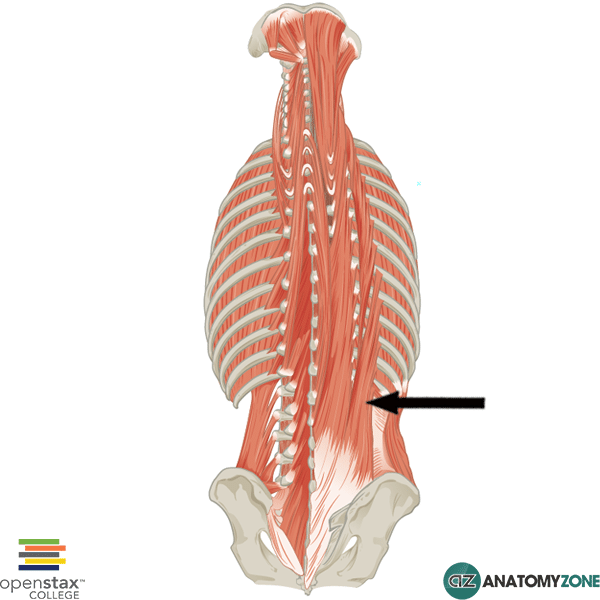
Iliocostalis Lumborum AnatomyZone
The M. iliocostalis lumborum in the Dachshund seems more suitable for generating force and stabilization, while in the Border terrier it appears better adapted for contributing large movements. The Dachshund, susceptible to disc degeneration and IVDH, may require more stabilization for its ertebral column, but whether the M. iliocostalis meets.
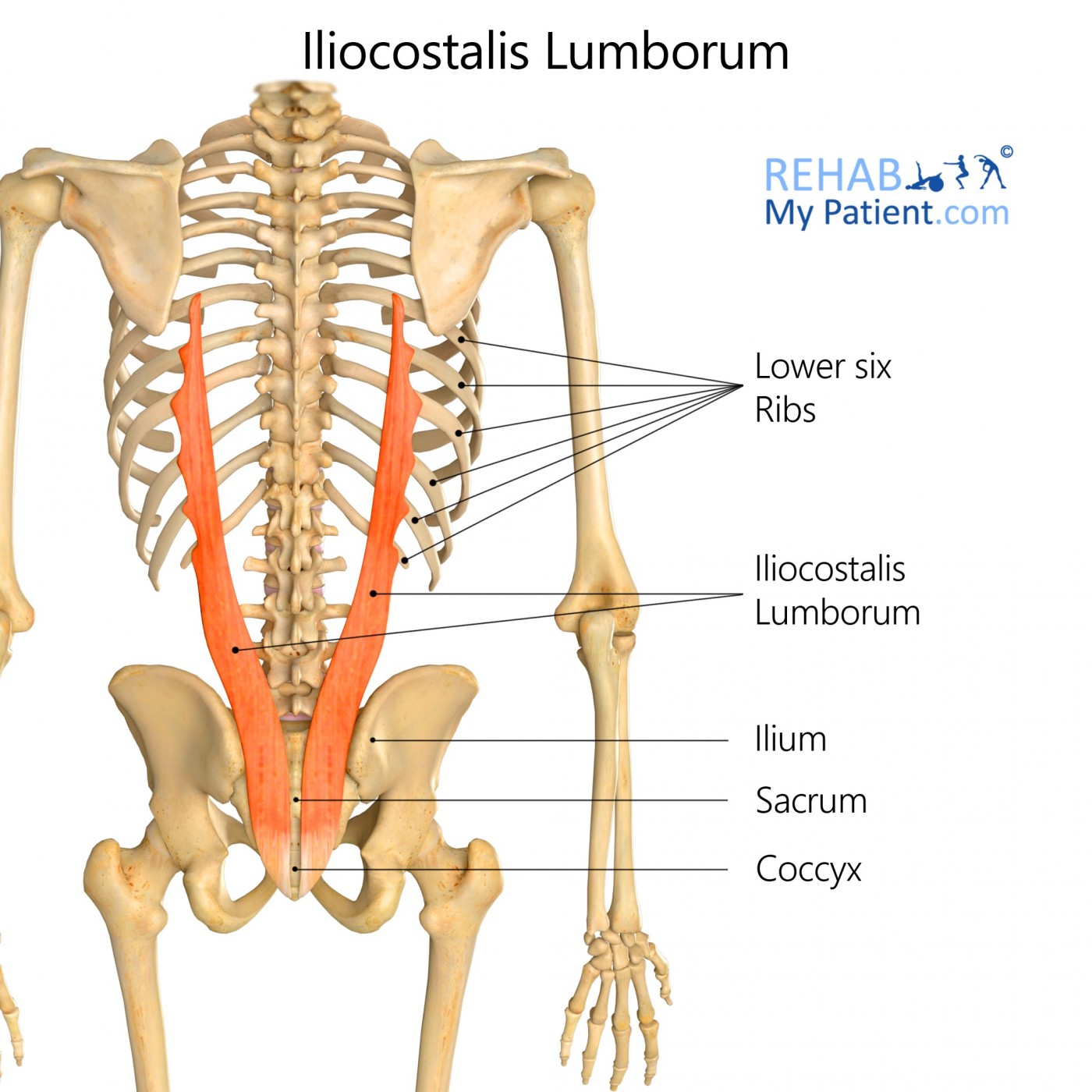
Iliocostalis Lumborum Rehab My Patient
The iliocostalis lumborum is the muscle that attaches to the iliac crest and the back of the ribs. It is part of the iliocostalis column of muscles, which are responsible for the primary movement.
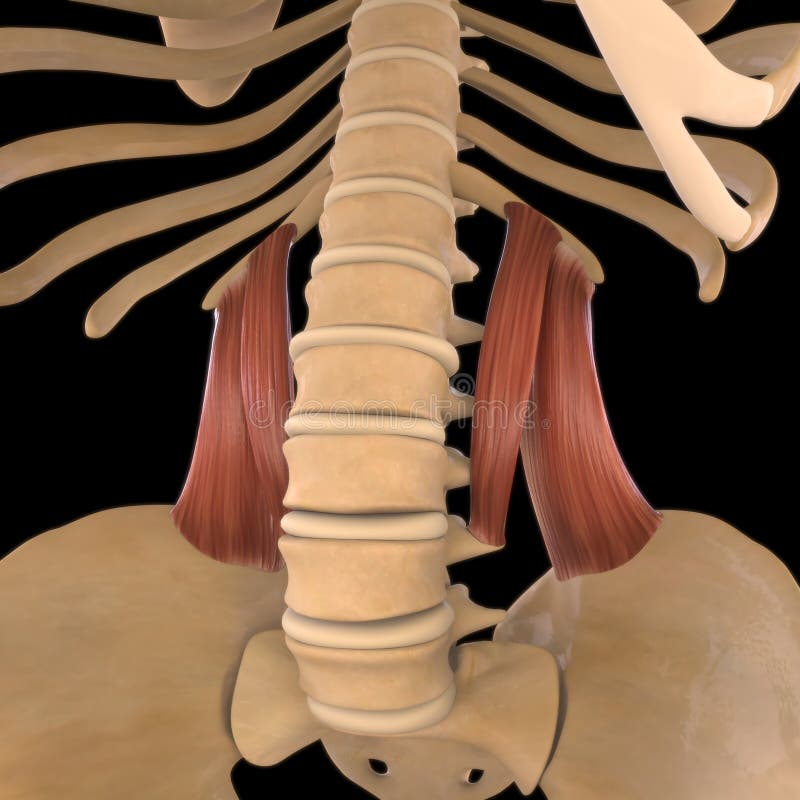
Quadratus Lumborum Muscle Anatomy for Medical Concept 3D Illustration Stock Illustration
The fibers of the iliocostalis lumborum muscle travel superiorly along the back and insert onto the: - transverse processes of the first to fourth lumbar vertebrae; - angles of fifth to tenth ribs. There can be variations between individuals regarding the insertion sites for the iliocostalis lumborum muscle (Tubbs, Shoja and Loukas, 2016).

Musculus iliocostalis Muscle anatomy, Body anatomy, Human body muscles
Regarding the m. iliocostalis lumborum, specimen 1 (male) possesses a dry mass of this muscle relativized to the leg weight of about 15 %, twice that of specimen 2 (female). The relativized dry mass of mm. gemelli was very variable between legs of the same and among specimens. In the case of m. tibialis caudalis, the female specimen possesses a.

Iliocostalis Lumborum Learn Your Muscles Custom Pilates and Yoga
The iliocostalis is a deep muscle of the back. It is located laterally within the erector spinae muscle complex and can be divided into three parts - lumborum, thoracis, and cervicis. Attachments: Arises from the lower thoracic and lumbar vertebrae, sacrum, posterior aspect of the iliac crest, and the sacroiliac and supraspinous ligaments.
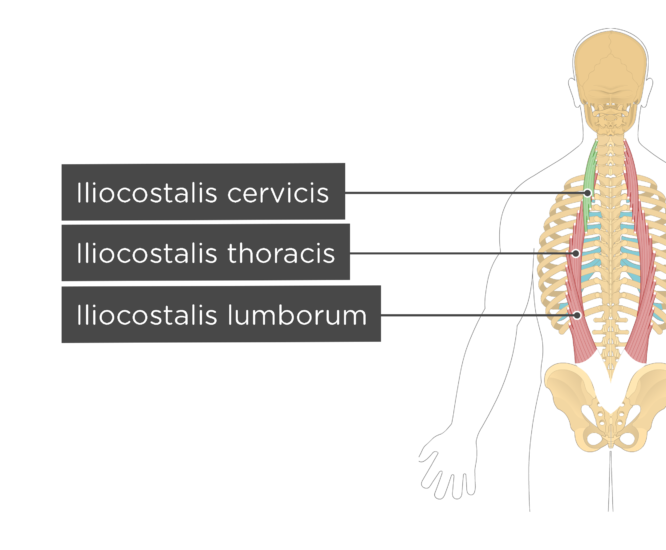
Iliocostalis cervicis muscle origin, insertion and action GetBodySmart
The quadratus lumborum (QL) muscle resides in the deep and posterior, lateral, and inferior areas of the spine, involving the iliac crest, the transverse processes of the lumbar vertebrae, and the 12th rib. The muscular organization is complex, and it is difficult to identify precisely the actions that occur through the contraction of fibers. It is an integral part of the thoracolumbar fascia.

anatomía humana drawing musculus iliocostalis lumborum Fotografía de stock Alamy
Here are the five best iliocostalis lumborum exercises to relieve pain. The 5 Best Iliocostalis Lumborum Exercises. Up above, you learned that you want to do exercises to extend your spine and reach straight to the side. By doing these two motions, you strengthen your iliocostalis lumborum muscle. However, you also need to make sure to stretch.

Iliocostalis Lumborum Pain Everything You Need to Know to Relieve Your Low Back Pain Right Now
Longissimus thoracis. The longissimus thoracis muscle is the largest of the erector spinae muscles. It arises from the common origin of the erector spinae muscles (see Iliocostalis Lumborum). In addition, many fibers begin from the transverse and accessory processes of the lumbar vertebrae (see Chapter 7 ). This muscle is the longest muscle of.

Iliocostalis Lumborum (lesson) Human Bio Media
The iliocostalis muscles are the most lateral components of the erector spinae group.This subgroup includes the iliocostalis cervicis, iliocostalis thoracis, and iliocostalis lumborum. Iliocostalis lumborum see link.; The iliocostalis thoracis muscle: starts from the superior aspect of the angles of the lower six ribs and ascends to end on the angles of approximately the upper six ribs and.
:watermark(/images/watermark_5000_10percent.png,0,0,0):watermark(/images/logo_url.png,-10,-10,0):format(jpeg)/images/overview_image/2246/wij84lMqTfSBZdKWwTy2Q_superficial-intermediate-deep-back-muscles_latin.jpg)
Musculus iliocostalis Anatomie & Funktion Kenhub
Iliocostalis. The iliocostalis muscles are the most lateral components of the erector spinae group. This subgroup includes the iliocostalis cervicis, iliocostalis thoracis, and iliocostalis lumborum. iliocostalis cervicis muscle. consists of long and slender tendons. origin: posterior tubercles of C4-6. insertion: ribs 3-6 at the posterior angles
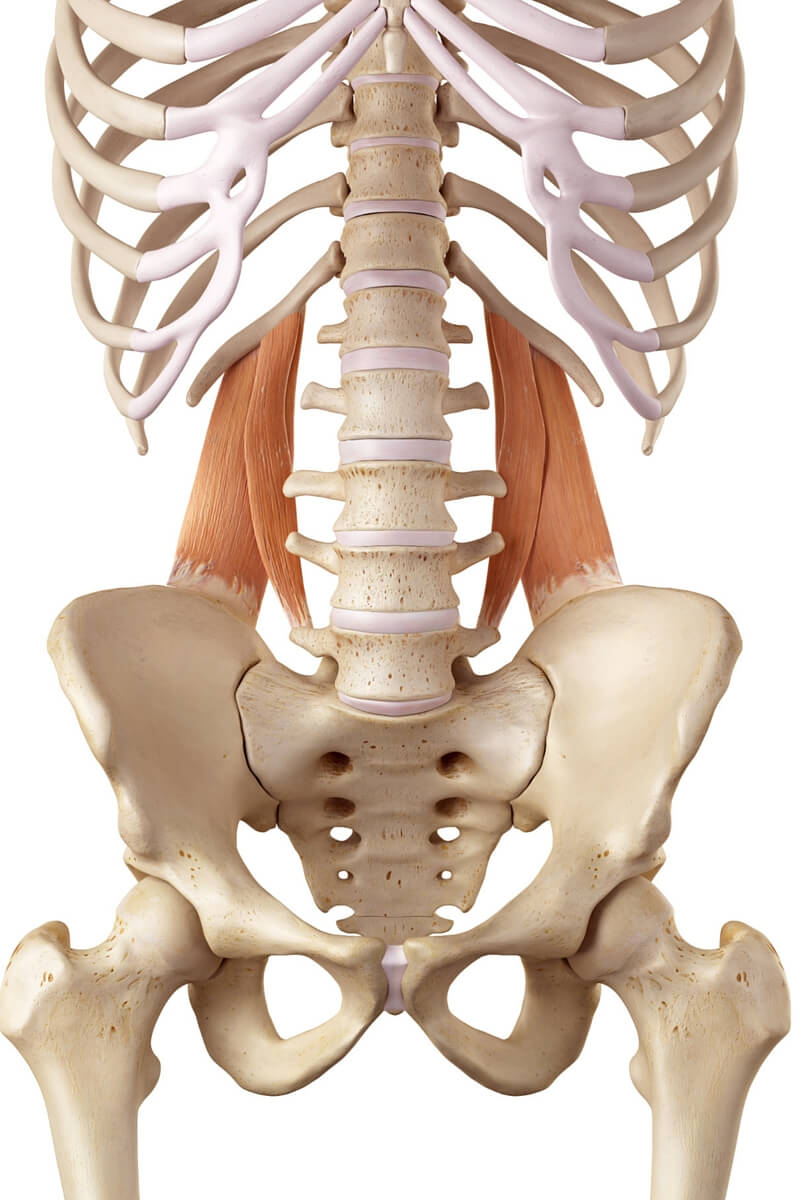
Quadratus Lumborum / Quadratus lumborum Stock Image F002/4292 Science Willow Mitchell
The iliocostalis lumborum arises from the lateral crest of the sacrum, medial aspect of the iliac crest and the thoracolumbar fascia. Insertion. The iliocostalis lumborum muscle inserts on the fifth to twelfth rib angles, transverse processes of the first to fourth lumbar vertebrae (L1 - L4) and the adjacent thoracolumbar fascia. Action
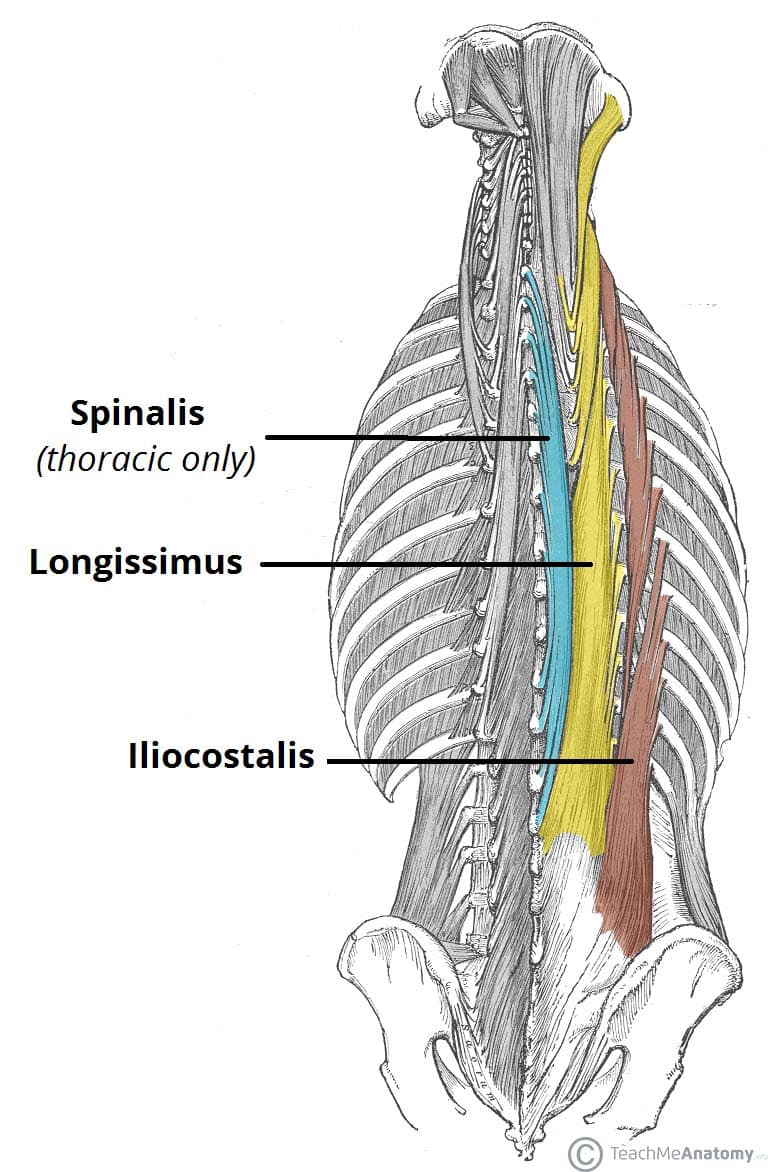
Iliocostalis TeachMeAnatomy
Iliocostalis cervicis arises from the angles of ribs 3-6 and inserts to the transverse processes of vertebrae C4-C6. Iliocostalis thoracis originates from the angles of ribs 7-12 and inserts to the angles of the upper six ribs and transverse process of vertebra C7. Iliocostalis lumborum is divided into lumbar and thoracic parts.

Human Iliocostalis Lumborum Muscles on Skeleton Stock Illustration Illustration of tendons
- iliocostalis lumborum, which is the inferior portion. The iliocostalis muscles are located: - superficial to the ribs, and the external intercostal and quadratus lumborum muscles; - deep to the serratus posterior superior, rhomboid major, trapezius, latissimus dorsi, and serratus posterior inferior muscles, and the thoracolumbar fascia;

iliocostalis lumborum YouTube
Longissimus muscle (musculus longissimus) The longissimus muscle is a long intrinsic muscle of the back.Along with spinalis and iliocostalis, these three muscles comprise the erector spinae group.The erector spinae is a large musculotendinous complex that runs along the entire length of the vertebral column and comprises the intermediate layer of the intrinsic, or deep, back muscles.

Iliocostalis Lumborum Muscles On Skeleton by madi7779 on Envato Elements
Actions of the Iliocostalis Lumborum Muscle: Bilateral action: extends lower vertebral column (= back). Muscle anatomy is hard! Simplify your studies with these time-saving muscle anatomy reference charts. Extension of the lower vertebral column. Unilateral action: Laterally flexes cervical (neck) vertebrae.